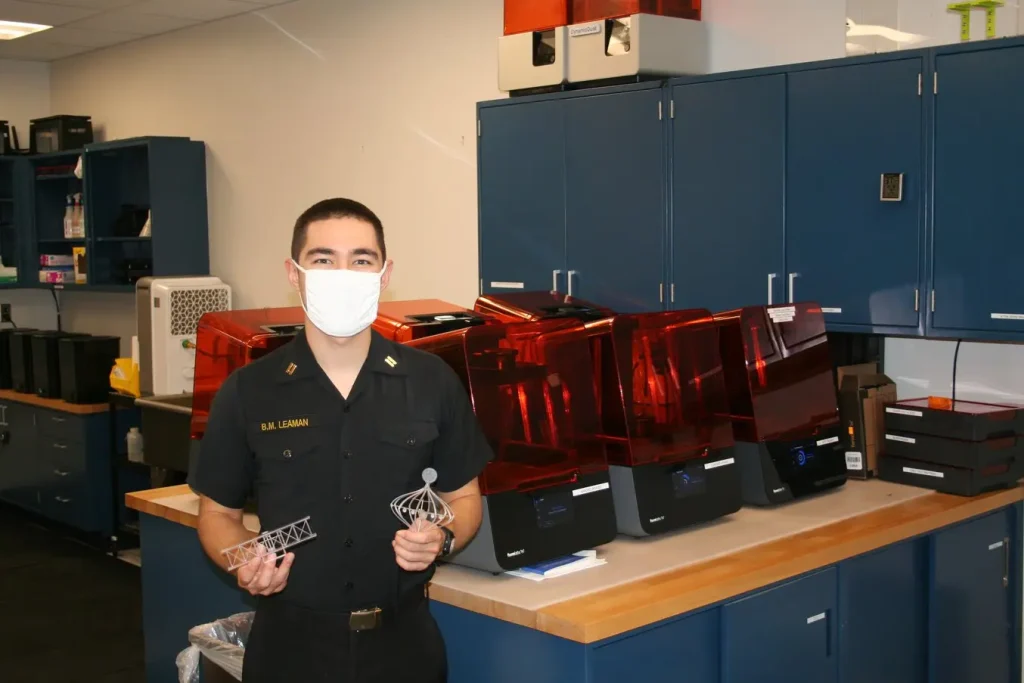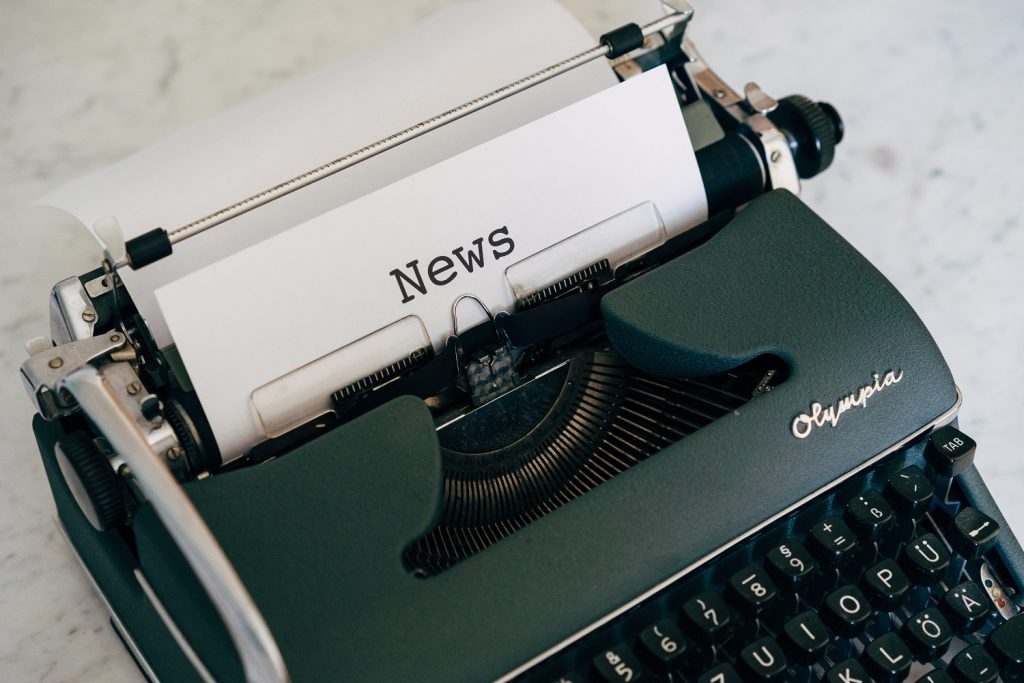Federal directives regarding the adoption of additive manufacturing in the armed forces are becoming clearer and more explicit as global crises push manufacturers to find alternative and more agile means of production. In order to help train the defense workforce in these technologies, educators in the undergraduate programs of the armed forces are increasing the focus on 3D printing. One educator, Captain Brad Baker, an Associate Professor at the United States Naval Academy (USNA), is already ahead of the curve, and has been focusing on different additive technologies for years.
Through MakerSpaceUSNA, every single student at the United States Naval Academy, regardless of major, is exposed to various additive manufacturing technologies. For the engineering students specifically, their exposure goes much further, preparing them for careers as Naval engineers and leaders in the advanced manufacturing and defense industries. This level of education is made possible by a fleet of 3D printers, including the Form 3, Form 3B, Form 3L, and Fuse 1 from Formlabs, as well as printers and equipment from other vendors.
Captain Baker is the laboratory director for all material science equipment in the Mechanical Engineering Department and the School of Engineering and Weapons at the US Naval Academy (USNA)—managing everything from microscopy to materials development and now to additive manufacturing. We sat down with him to discuss his approach to teaching advanced manufacturing skills, the federal and departmental guidance for these technologies, and some of the projects students are working on in the makerspace.
Starting Slow
Captain Baker started MakerSpaceUSNA five years ago after serving as a technical advisor for a student engineering capstone project. During the process of advising students tasked with designing a submarine-launched unmanned air vehicle (UAV), Captain Baker realized that the students’ iterative process, and thus pace of learning, was impeded by lack of access to their own manufacturing capability. Even with a machine shop dedicated to the students’ capstone projects, each individual or team wasn’t able to do more than three or four iterations over the course of a year.
“They did a great job designing the parts and getting them to fit into a small design space, but there was an inherent really long delay time to get parts manufactured since that was outside of the student’s control. In an entire year, the students only went through three or four iterations; that’s slow prototyping. And the students are missing out on an opportunity—how to actually manufacture something. So I really wanted to fill that gap. Find a way to get something made faster and get the students involved in the actual manufacturing process.”
Captain Baker wasn’t the first professor on campus to offer 3D printers to the students for their coursework, but he brought the entire design and manufacturing capability all under one centralized location when he started MakerSpaceUSNA. With just a couple fused deposition modeling (FDM) printers to start, he began integrating the machines into the mechanical engineering curriculum and making the machines available to students completing their capstone projects.
“It was successful right out of the gate—there was immediate student involvement, student interest and demand. We started with two printers, then quickly expanded CAD capabilities as well as 3D printing, and we were the first place on campus to centralize powerful computers, powerful CAD, and powerful 3D printers, all available directly to students.”
Hands-On Learning
For many programs, the expense of outfitting a lab with these technologies makes the lab managers wary of letting undergraduate students have full access to the machines. For Captain Baker, there’s less of a concern with failures or mess, in fact, he encourages it.
“I want students to have failed prints. That’s where they’re going to learn the most. It may not be popular and certainly has a cost, but students really do learn that way. We have up to 100 users a semester. That’s a lot, so I rely on them to learn on their own—if they have adhesion or support problems, they then learn they need more supports or better adhesion, or need to resize or reorient the object. That’s the challenge, and it’s difficult to teach in words alone.”
To mitigate the loss of time and material, Captain Baker recently implemented a tiered training program. When students start their engineering curriculum, they first learn how to use CAD software, then how to operate FDM printers, then move to stereolithography (SLA), and finally work their way up to selective laser sintering (SLS). Now they even learn 3D scanning and can complete full reverse engineering projects using all the tools they have learned.
___
This post was originally published on the Formlabs blog.




